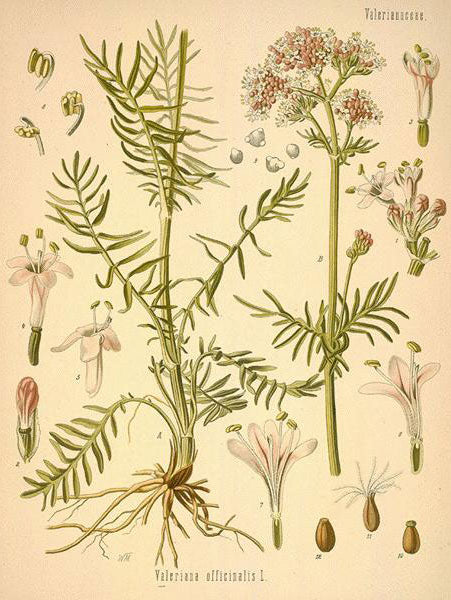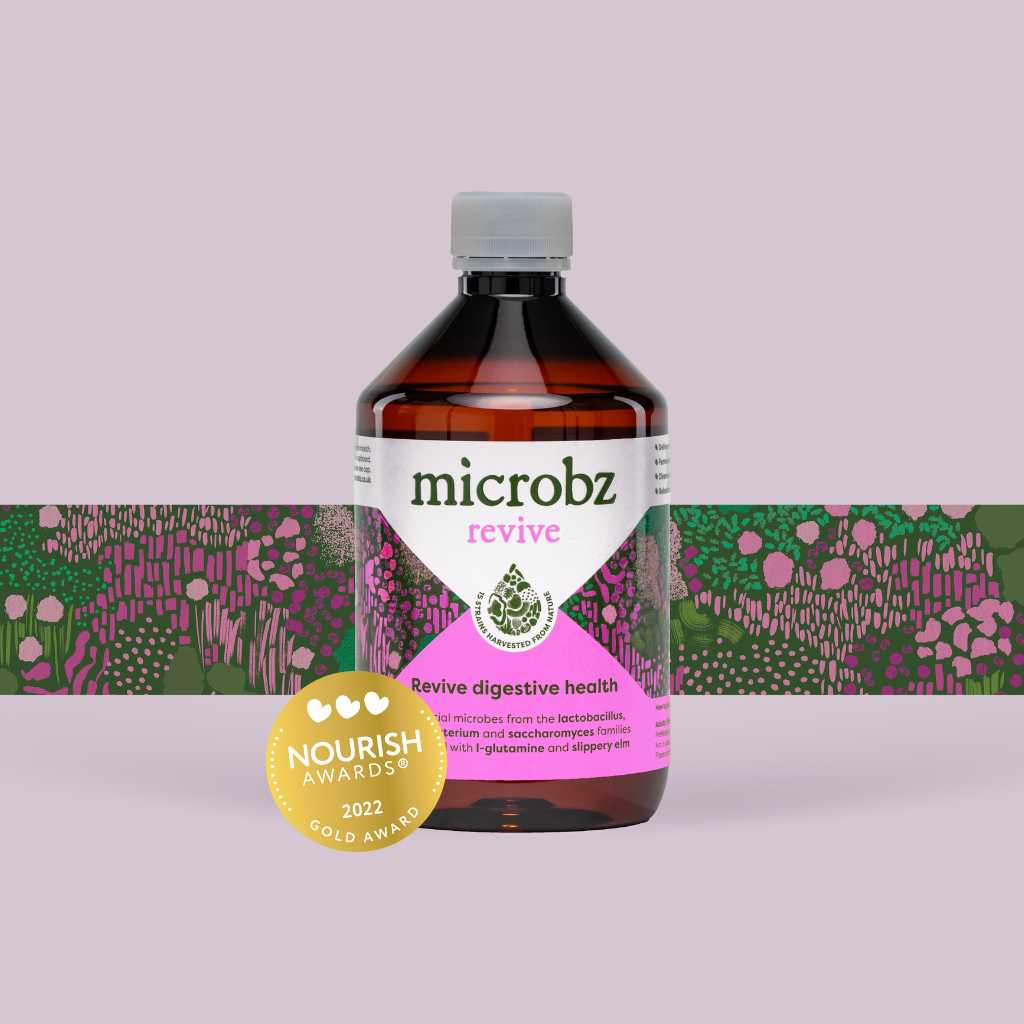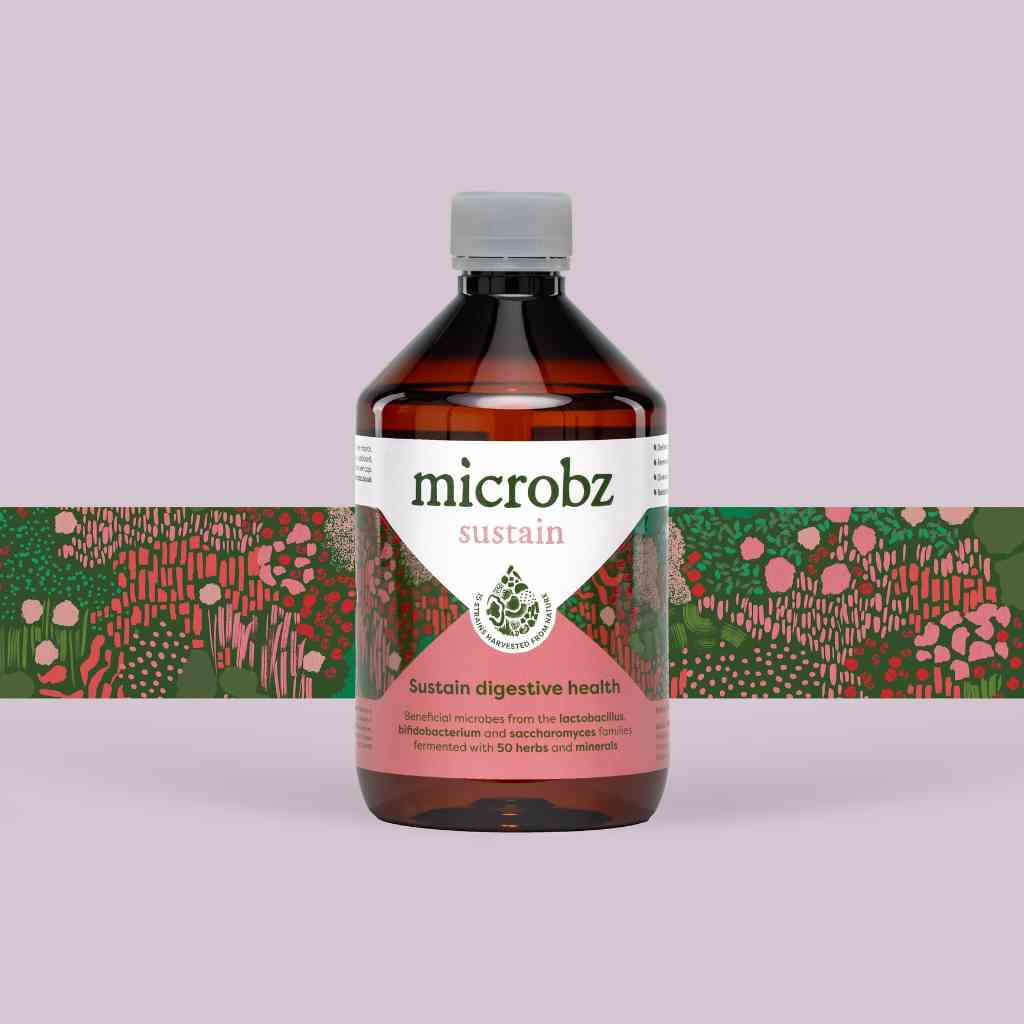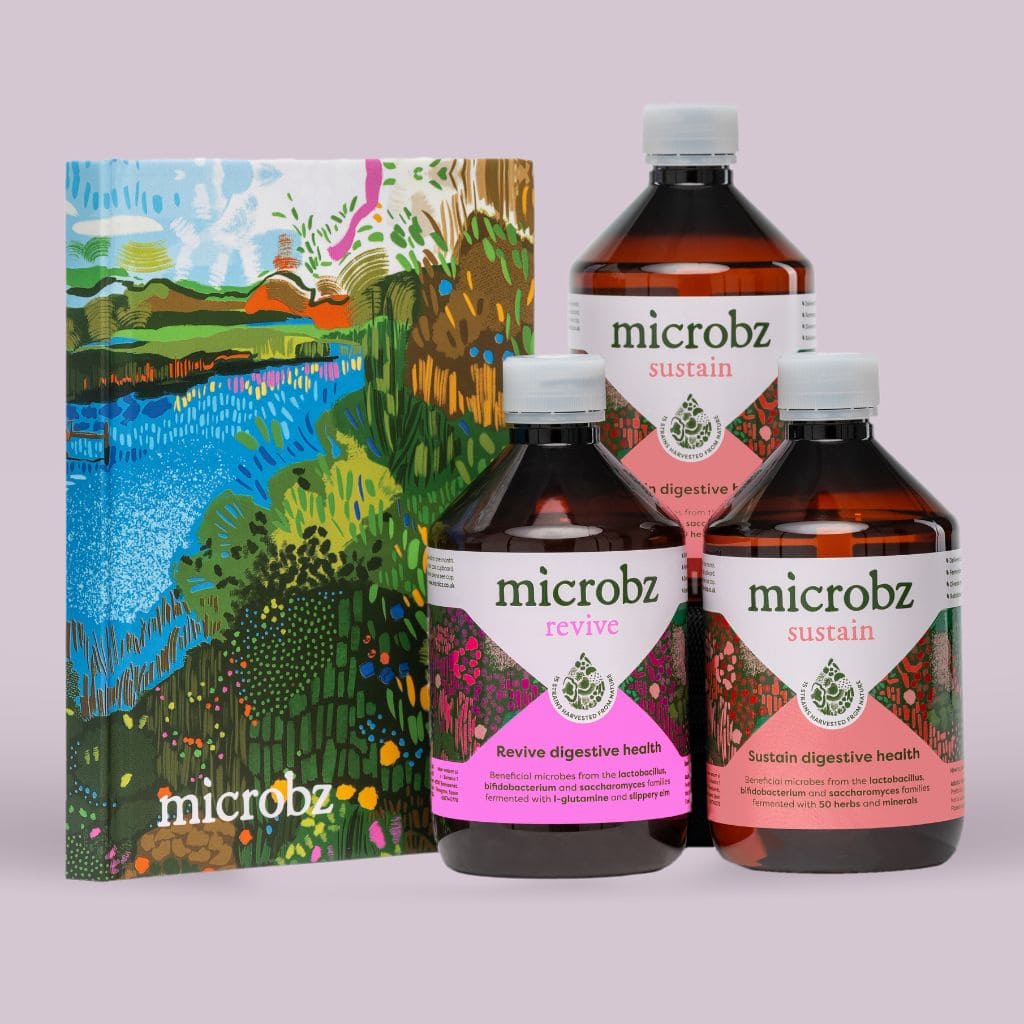History
Parts used:
Rhizome, roots harvested in autumn.
Constituents (bio available chemicals):
Volatile oil up to 3%. Alkaloids up to 1%, Iridoid esters also resins, gums, choline (3%), phenolic acids, flavonoids, sterols, tannins, sugars and fixed oil.
Nutritional constituents:
Minerals: magnesium, potassium, copper and some lead and zinc.
Indications:
Hypertension (especially related to stress). Colic – intestinal, IBS, dyspepsia. Cramps – muscular spasm and tension, dysmenorrhoea, menopause including hot flushes. Insomnia and disturbed sleep patterns.
Dosage:
Liquid extract (1:2) 15 – 40ml per week. Infusion of dried root: 1 – 3g. Fluid extract 60%: 0.3 – 1ml. For insomnia a single dose half an hour before sleep.
British Herbal Pharmacopoeia
Nervous excitability.
Cautions for therapeutic doses
Can occasionally cause sleepiness, headaches or nightmares. The herb is extremely safe but overdose can cause dizziness, spasms, hallucinations and excitability. Can potentiate other sleeping medications, increasing their effects, and combinations should be avoided altogether.




